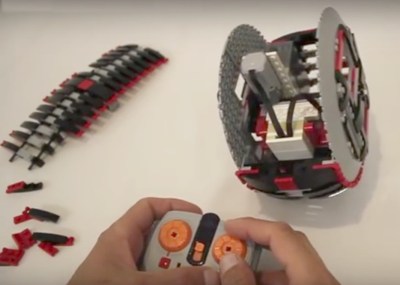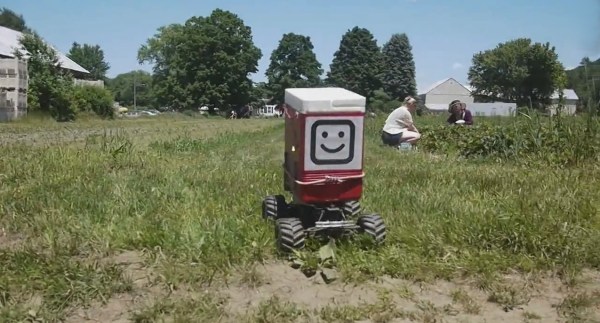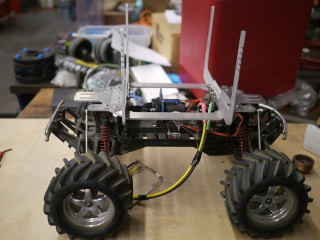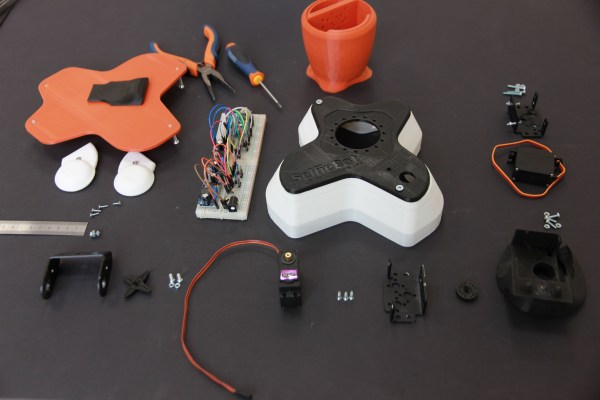There is a giant spider the size of a house stretching its massive, delicate legs as it parades through the French city of Nantes. Is the Arthropod Apocalypse upon us? Fortunately not, for this arachnid is the latest in a series of performance pieces by a French theatre company, La Machine.
Like the rest of La Machine’s productions, this spider is a large hydraulically controlled model driven not by a computer with a single operator but by a team of operators perched inside and underneath the mechanism who turn the operation of the spider’s legs into a piece of complex choreography. They in turn are aided by a team on the street who ensure that any manoeuvres are executed safely. The spider only gives the appearance of walking as it is supported on a hydraulic arm from a wheeled vehicle that carries its power plant, so freed of the requirement for support from its legs it can move with extreme grace.
The video below shows the spider inching its way underneath a set of tram cables. There is more video on the page linked above.






![DIY Research Vessel in use, while ROV is busy below. [Source: NYT]](https://hackaday.com/wp-content/uploads/2016/07/openrov-top-end2.jpg?w=250)














